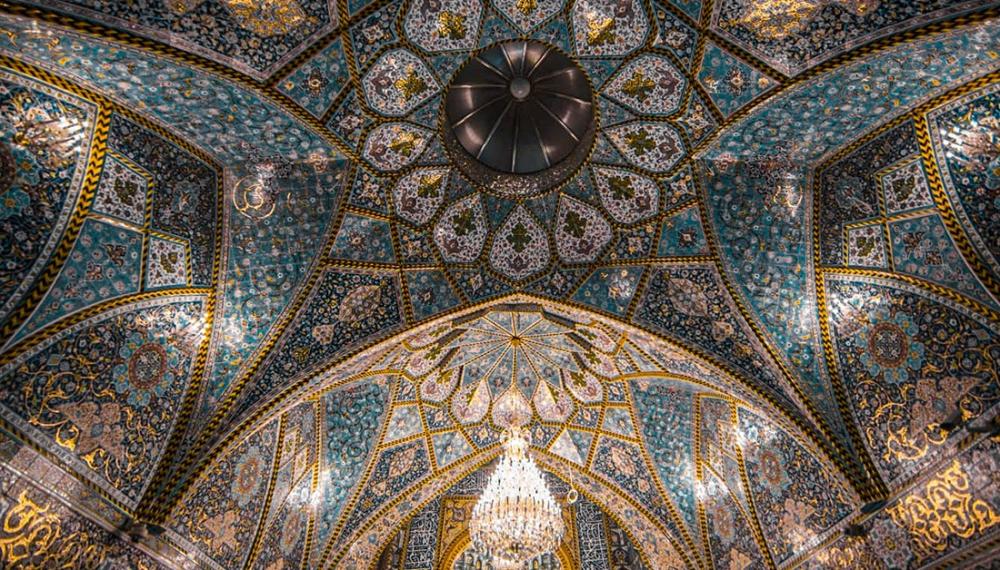introduction
Cambiri, or Cambiri art, is one of the traditional Islamic decorative arts that has characterized Islamic culture throughout the ages. This art derives its name from “cambreti”, a type of floral decorative motif that is widely used to decorate architecture, manuscripts, and everyday objects. This art reflects the harmony between natural and geometric elements, and shows the ingenuity of Muslim artists in combining beauty and geometric precision.
Origins and history of the Cambodian
The origin of the Qembrit goes back to the decorative arts that arose in the early Islamic eras, and was influenced by the Byzantine and Sasanian arts, but Muslim artists developed it and added their own touches to become a distinctive art that expresses Islamic identity. This art spread throughout the Islamic world, from the Middle East to North Africa and Andalusia.
Characteristics and methods
Coombretism is characterized by several characteristics that distinguish it from other decorative arts:
1. **Repetition and patterning**: Cambodianism relies on repeating certain patterns in geometric or floral shapes, which creates a consistent and attractive visual effect.
2. **Abstraction and symbolism**: Cambrian decorations use abstract forms based on symbols and inscriptions inspired by nature.
3. **Geometric harmony**: This art is characterized by geometric precision and balance between shapes, which reflects the artists’ interest in harmony and ideal structure.
4. **Colors and lines**: Bright colors and elaborate lines are often used to highlight fine details and enhance the aesthetics of the decorations.
Examples and applications
Coombretaria can be found in many fields and applications:
- **Architecture**: Decorating walls, ceilings and columns in mosques, palaces and Islamic schools.
- **Manuscripts**: Decorating the first pages and margins of religious and scientific manuscripts.
- **Applied Arts**: Decorating everyday items such as utensils, fabrics, and furniture.
The importance of cambric
The role of the cambric style is not limited to the aesthetic aspect only, but extends to reflect the spiritual and cultural values in Islamic society. This art is considered an expression of harmony between man and nature, and represents the ideal beauty that man seeks to achieve in his daily life. The Qembrit also reflects the artistic and craftsmanship development that Muslims reached in the golden ages of Islamic civilization.
Conclusion
Al-Qambritiya remains a witness to the genius and creativity of Muslim artists throughout the ages. This art is an integral part of the Islamic cultural heritage that deserves to be preserved and enhanced. By studying and appreciating Cambrita, current and future generations can understand the depth and beauty of Islamic arts, and take pride in their rich cultural heritage.

